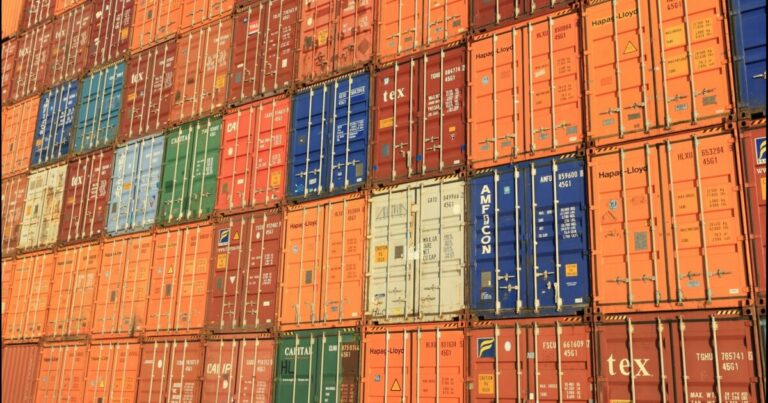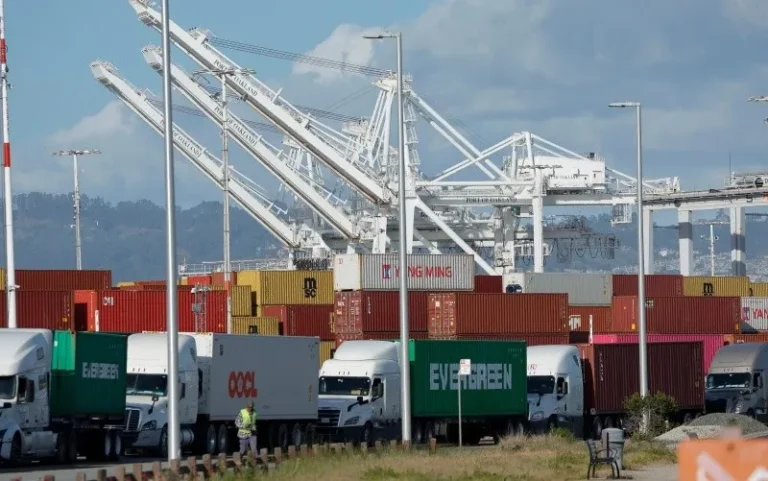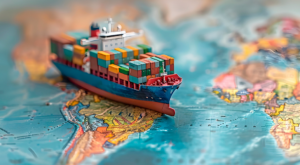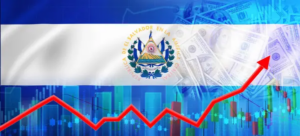The agricultural and manufacturing sectors are the most affected by trade barriers faced by developing countries, according to the latest report from the United Nations Development Programme (UNCTAD). In the agricultural sector, exports from these economies often face high tariffs under the Most Favored Nation regime, hindering their access to international markets.

In the manufacturing sector, key products such as textiles and clothing face tariffs close to 6%. This tariff burden limits the competitiveness of low-income countries, preventing them from expanding their presence in global trade.
A critical factor highlighted by the report is “tariff escalation,” which involves applying higher tariffs to processed products than to raw materials. This practice discourages industrialization, as it makes higher value-added exports more expensive, hindering job creation and economic diversification.

Rising tariffs impact key sectors such as light manufacturing, leather tanning, and animal products, perpetuating the role of developing countries as mere suppliers of raw materials. This hampers their integration into global value chains and their progress toward more sustainable economic models.
Although nearly two-thirds of world trade was tariff-free in 2023, the remaining third continues to face high tariffs, primarily affecting developing economies. This trade inequality reduces their competitiveness and hinders their economic growth.

The UNCTAD report reveals that, in 2023, exporters from developed countries faced average tariffs of 1.9%, while those in Latin America and South Asia paid an average of 3.9%, and those in East Asia, 3.3%. Africa registered a tariff of 1.9%, benefiting in part from preferential trade agreements with developed countries.







